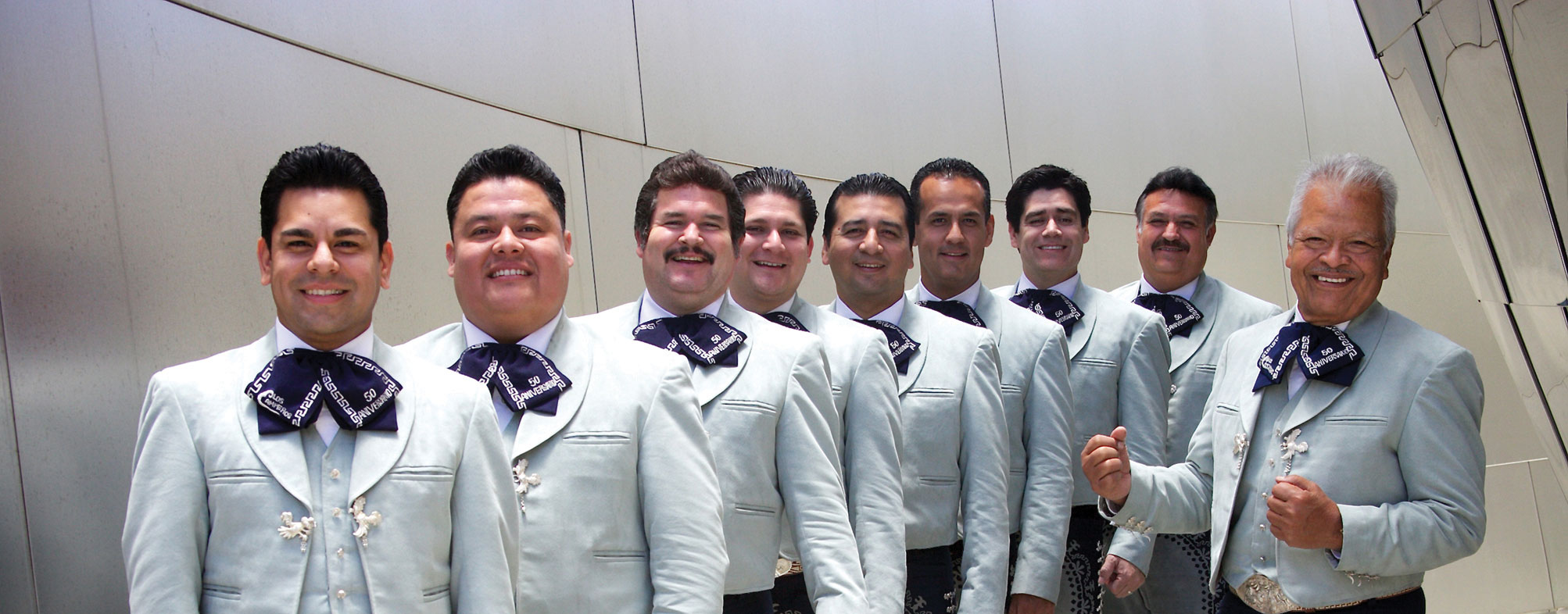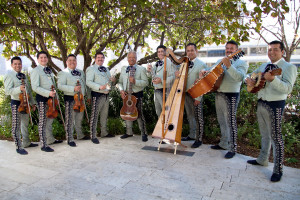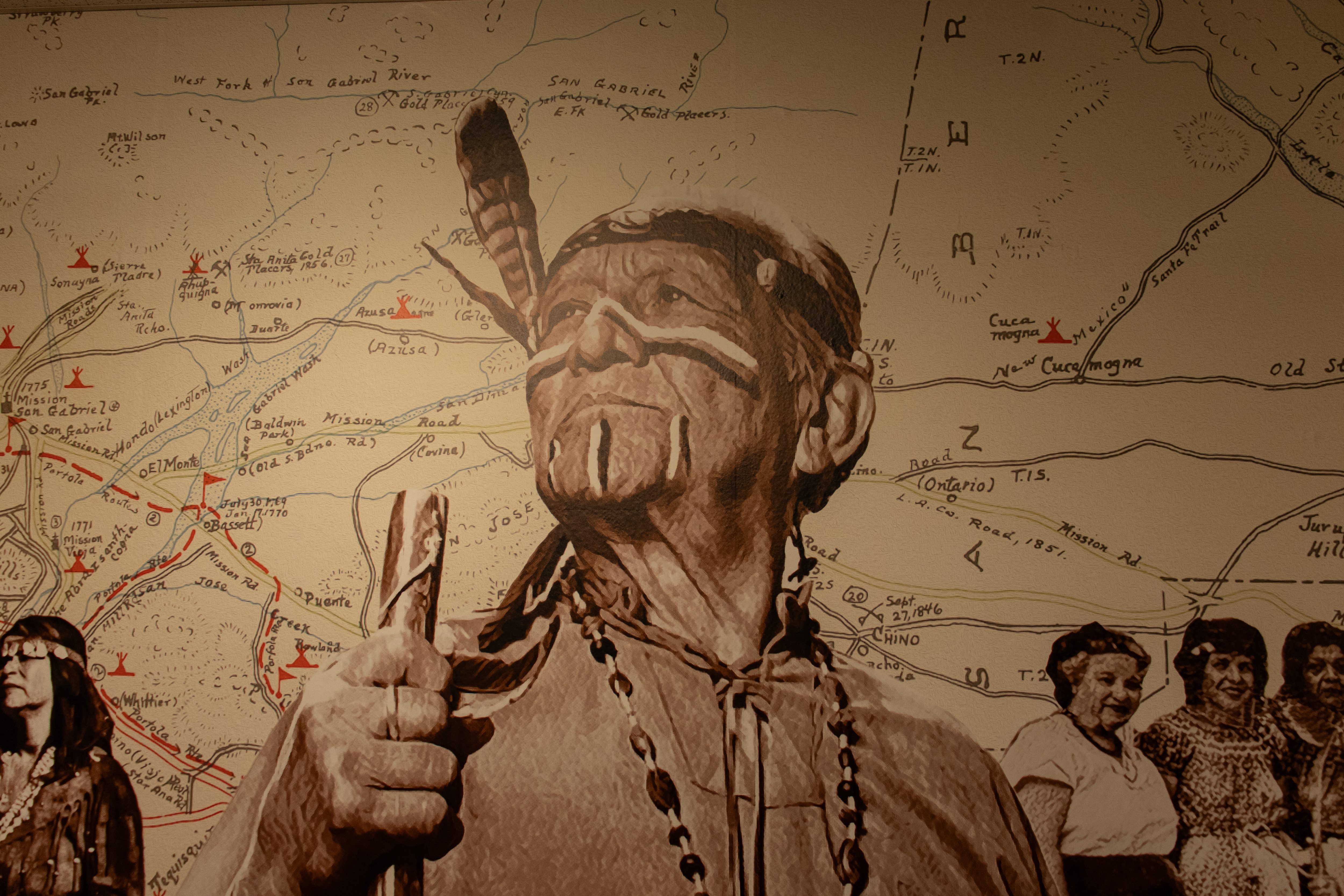Mexico meets the pride of the Foothills

Glendora had to look no farther than Citrus College where the curtains rose on Mariachi Los Camperos de Nati Cano in the Haugh Performing Arts Center.
Dressed in traditional Mexican charro suits the 13 performers filled the night with Hispanic culture and pride.
The trumpets, violins, guitars, guitarrón and the harp resonated across the venue while the booming vocals from the singer strung out a long note.
The guitarist Jonathan Palomar set aside his instrument and came out to sing. He is a well-developed group member whose voice serenated the audience.
To Accompany the musicians were two lively dancers that would appear occasionally.
Everyone – not just fluent Spanish speakers – could share the energy from the performers.
California has had strong Mexican influence since 1800s but it wasn’t until the 1960s that mariachi music flourished and was brought to Southern California audience.
Natividad “Nati” Cano, the founder of Mariachi Los Camperos, who died in October 2014.
He was considered as a giant in the mariachi scene, a visionary who took the traditional style of mariachi music and brought it to larger venues.

Photo Courtesy of the Haugh Performing Arts Center
Cano was raised in a family of day laborers who played mariachi music as a side job in Jalisco, Mexico.
His family was a band for hire such as those in a cantina going from person to person asking if they would like for them to play music.
Cano had bigger dreams of moving mariachi music from the usually small cantinas to a much larger audience in a concert hall.
In 1960, he moved to the United States and joined Mariachi Aguila, the house ensemble for the Million Dollar Theatre, located in downtown Los Angeles.
Cano quickly took over and renamed the group Mariachi Los Camperos (The Countrymen).
The collective ensemble consists of musicians from Mexico and the United States with a common goal: spread the music of Mexico.
Cano was a disciplined perfectionist. He would push his ensemble to get the sound he wanted and that discipline. His strict approach would earn his ensemble a Grammy for their 2008 album “Amor, Dolor y Lágrima.”
Winning a Grammy was a great achievement for not only Mariachi Los Camperos de Nati Cano but also for mariachi music and its founders.
Mariachi music dates back centuries. It is dance oriented and celebrates moments in the lives of Mexican people.
Just like other country music it differs in each region.
The mariachi music we recognize today originated in the city of Cocula in Jalisco, Mexico.
This type of Spanish theatrical orchestra consists of violins, guitars, a small five-stringed guitar known as a vihuela, an acoustic bass called a guitarrón and a harp.
The most iconic instrument of the mariachi sound, the trumpet, would not be introduced till about 1933 by the young group of players known as Mariachi Tapatío de José Marmolejo.
Mariachi music didn’t break form the local region until Gaspar Vargas and his ensemble Vargas de Tecalitlán came on to the scene in the mid 1930s. Vargas de Tecalitlán moved the mariachi sound from Jalisco to Mexico City.
Silvestre Vargas, who took over his father’s ensemble, hired a musical director Rubén Fuentes. Together they created their own musical arrangements and brought the ensemble’s sound to a wider audience.
The performance at the Haugh Performing Arts Center on April 30 paid tribute not only to Nati Cano and his ensemble but also to mariachi music and to the people of Mexico.



